Related Research Articles

John Thomas Biggers was an African-American muralist who came to prominence after the Harlem Renaissance and toward the end of World War II. Biggers created works critical of racial and economic injustice. He also served as the founding chairman of the art department at Houston's Texas State University for Negroes, a historically black college.

The Dallas Museum of Art (DMA) is an art museum located in the Arts District of downtown Dallas, Texas, along Woodall Rodgers Freeway between St. Paul and Harwood. In the 1970s, the museum moved from its previous location in Fair Park to the Arts District. The new building was designed by Edward Larrabee Barnes and John MY Lee Associates, the 2007 winner of the American Institute of Architects Gold Medal. The construction of the building spanned in stages over a decade.

James David Brooks was an American Abstract Expressionist, muralist, abstract painter, art teacher, and winner of the Logan Medal of the Arts.

The Meadows Museum, nicknamed "Prado on the Prairie", is a two-story, 66,000 sq. ft.art museum in Dallas, Texas on the campus of Southern Methodist University (SMU). Operating as a division of SMU's Meadows School of the Arts, the museum houses one of the largest and most comprehensive collections of Spanish art outside of Spain, with works dating from the 10th to the 21st centuries.
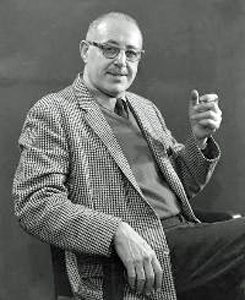
Harry Sternberg (1904–2001), was an American painter, printmaker and educator. He taught at the Art Students League of New York, from 1933 to c. 1966.
Florence McClung was an American painter, printmaker, and art teacher. She was the daughter of Charles W. and Minerva (McCoy) White and was born in St. Louis, Missouri. She moved to Dallas, Texas, as a child with her family in 1899 and lived there until her death. She later was associated with the Dallas Nine, an influential group of Dallas-based artists.
Vivian Louise Aunspaugh was an American painter and art teacher who founded the first art school in the American Southwest to use live models, nude and draped.
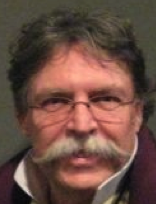
Roger Lee Steele. Raised in Wichita Falls, Texas, Steele was an American-born graphic artist/printmaker living in South Carolina best known for his lithography, an artistic process also known as relief printing. He was a printmaker specializing in the color-blend or split fountain technique, often incorporating traditional chine-collé gold leaf techniques in his work. His abstract color graphics are frequently suggestive of an artistic link between mid-late Japanese motifs and the modern world.
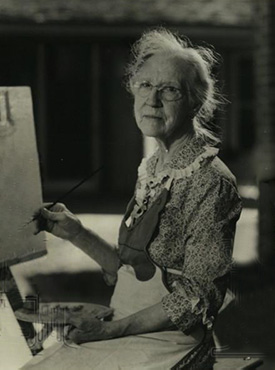
Clara McDonald Williamson was a 20th century American painter who worked in the tradition of naïve art. Her subjects were genre scenes of life in the American West, especially her home state of Texas. Like Grandma Moses, she started painting late in life and she achieved a national reputation despite the fact that her career lasted only two decades.
Sedrick Ervin Huckaby (1975) is an American artist known for his use of thick, impasto paint to create murals that evoke traditional quilts and his production of large portraits that represent his personal history through images of family members and neighbors.

Barbara Lucile Maples (1912–1999) was an American photographer, artist, educator and professor. She is known for her work with modernist photographic techniques in the style known as Texas Bauhaus. Her work is part of the permanent collection of several museums.
Merritt Mauzey (1897-1973) was an American lithographer and noted children’s book author and illustrator in the mid-20th century. Associated closely with the Dallas Nine group of artists, Mauzey was a self-taught artist known for his depictions of rural life and the cotton industry in his native Texas.
Mary L. Lightfoot (1889–1970) was an American painter and printmaker.
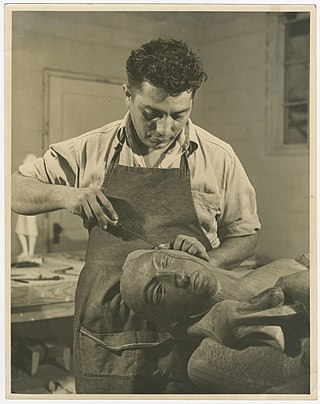
Octavio Medellín (1907–1999) was a Mexican American sculptor and teacher, best known for the Mexican-influenced sculptures that he created in Texas in the first half of his career. In the 1950s, 1960s, and 1970s, his art became more abstract.

Coreen Mary Spellman (1905–1978) was an American printmaker, painter, and teacher active in Texas from the 1920s until her death in 1978.
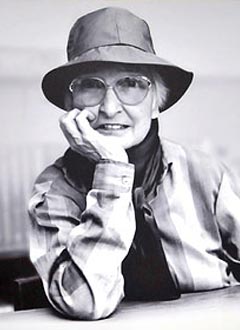
Janet E. Turner (1914–1988) was an American artist known for her printmaking.
The Dallas Nine was a group of Dallas, Texas artists active between 1928 and 1945.
Everett Franklin Spruce was a painter, museum professional, and arts educator based in Texas. He was widely recognized as one of the earliest regional visual artists to have embraced modernism in his interpretations of the Southwestern aesthetic. As a member of the Dallas Nine, he contributed to developing a stylistic lexicon that captured realistic and unidealized perspectives of the region, shifting away from the “Old South” view of Texas. Regional nature dominated his oeuvre, and a wide array of artistic movements, music, and literature influenced his renderings of it.

Olin Herman Travis (1888–1975) was an American painter and arts educator active for much of the 20th-century. He spent most of his life working in Texas, though he and his first wife Kathryne Hail Travis routinely traveled to Arkansas. In addition to his paintings, Travis is largely known for several public murals in Dallas and for working with Kathryne to co-found the Dallas Art Institute (DAI) – the first major art institution in the south to offer artistic instruction in a variety of fields.
The Dallas Art Institute (1926-1946) was the first art school to offer instruction in a variety of fields in the southern United States. It was founded in 1926 by artists Olin H. Travis and Kathryne Hail Travis and operated until it was closed by the Dallas Museum of Art trustees in 1946.
References
- 1 2 3 4 5 6 7 "BYWATERS, WILLIAMSON GERALD [JERRY]". Texas State Historical Association. 2012-06-12. Retrieved 2016-10-27.
- 1 2 3 4 Ratcliffe, Sam Deshong (2007). Jerry Bywaters – Interpreter of the Southwest. Texas A&N University Press. ISBN 978-1-58544-591-2.
- 1 2 "JERRY BYWATERS (AM. 1906–1989)". David Dike Fine Art. Retrieved 2016-10-27.
- 1 2 3 Dingus, Anne (1995-01-01). "Brush With Fame". Texas Monthly. Retrieved 2024-04-22.
- 1 2 3 Niewyk, Ellen Buie (2007). Jerry Bywaters Lone Star Printmaker. Southern Methodist University Press. ISBN 978-0-87074-519-5.
- ↑ Loomis, Sylvia (June 9, 1965). "Oral history interview with Jerry Bywaters" . Smithsonian: Archives of American Art.
- ↑ Tyle, Ron, ed. (1997). Prints and Printmakers of Texas: Proceedings of the Twentieth Annual North American Print Conference. Austin: Texas State Historical Association. p. 98. ISBN 978-0-87611-137-6 . Retrieved 18 June 2024.
- ↑ "TEXAS ARTIST: JERRY BYWATERS". Vogt Auction. Retrieved 2021-02-02.
- ↑ "Dallas Nine". Texas State Historical Association. Retrieved 2016-12-08.